These are the best Android 15 features you need to know about
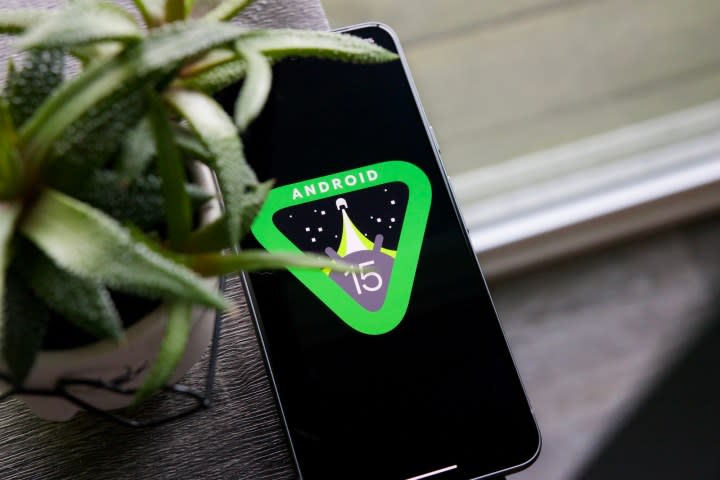
Android 15 has entered its latter leg of testing among developers, and in the coming months, a beta build will finally be released for the masses. So far, across the two Developer Preview builds that Google has released, we’ve encountered a handful of new features that will make life easier for smartphone users in meaningful ways.
Among them is a notification cooldown system that shields you from a barrage of audio alerts from your apps. Google has already detailed the changelog to a healthy extent, but not all new tricks have been implemented yet. But there’s still enough to unpack in Android 15, and some of those notable additions are detailed below:
Partial screen sharing
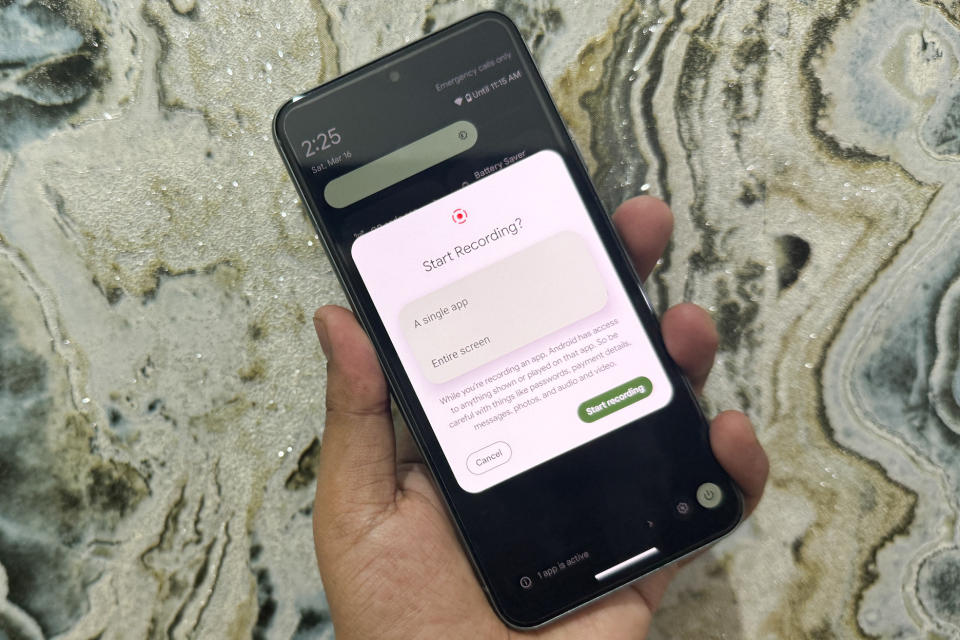
This is one of the more thoughtful privacy-centric additions, one that saves you the hassle of trimming the unnecessary bits in the screen capture videos or even prompts a redo of the whole effort. Before starting the native screen recording feature, the application asks you to pick which app you’d like to feature in the recording.
After starting the video capture with the selected app, the video will exclusively display activity from that particular app. If you switch to multitasking and access different apps during the recording, these activities will not be captured or shown in the final video.
Notification cooldown
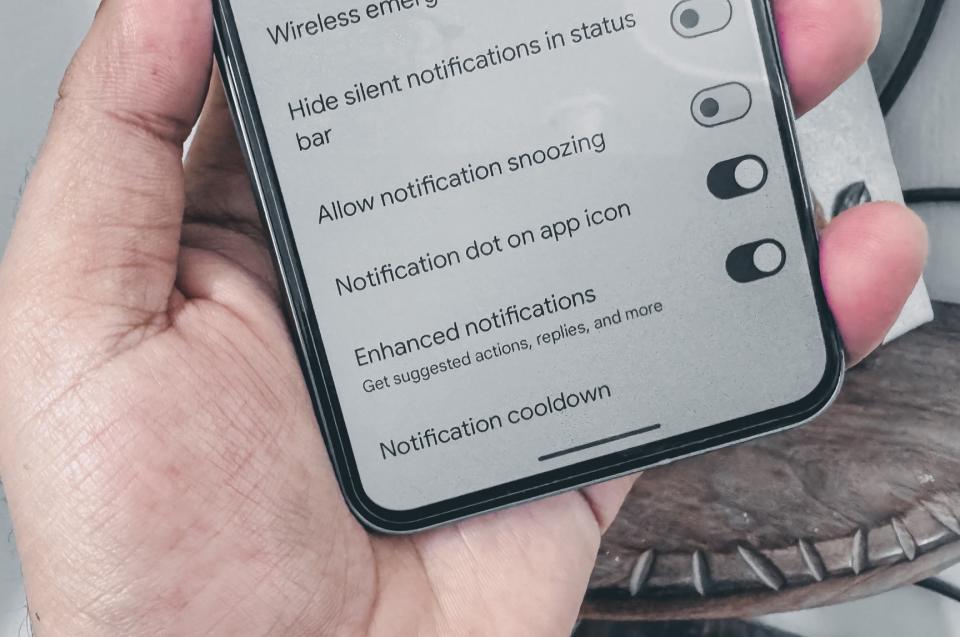
I wrote a detailed breakdown of this feature in our Android 15 first impressions piece, and there hasn’t been a day after that when I haven’t been rescued by it. This feature groups all the concurrent notifications from each app into a neat bundle. The first notification enters with a full-blown audible alert, but after that, each new alert from the same app turns down the volume notch by notch.
This way, it becomes easier to tune out — or at the very least, it’s not as jarring as having the same ping go off like an unending auditory timeout. You can choose to apply it on an app basis or only for conversations such as legendary chats happening in Instagram groups or game-centric Discord chats.
Keyboard goes quiet
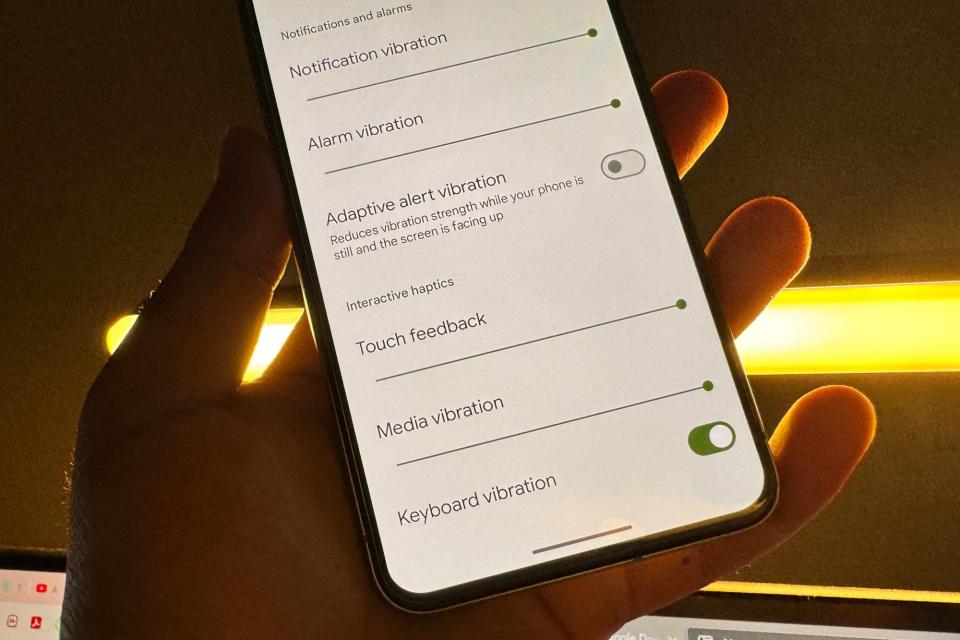
Android 15 introduces a new Keyboard Vibration toggle that can silence the haptic feedback only while typing on the keyboard. The rest of the time, you will feel the vibration for tasks like using the navigation gestures, unlocking the device, notification alerts, and more.
Notably, the feature also ties in directly with the “Haptic feedback on keypress” option in the Gboard settings section, which means you control the haptic behavior from within Gboard or by directly visiting the Settings app.
Easier Bluetooth controls

In its current iteration, Android 14 offers a Bluetooth tile in the quick settings panel. A single tap enables or disables it, while a long press opens the dedicated Bluetooth page in the Settings page. Things work a tad differently in Android 15, and for good reasons—especially for scenarios when multiple devices are connected to your phone.
In Android 15, when you tap on the Bluetooth tile, it opens a pop-up window. There, you will see a toggle for turning the Bluetooth on or off. Below it will be a list of all the connected and saved devices, as well as the option to launch the pairing process for a new device.
The gear icon corresponding to each device takes you to the dedicated accessory page where you can disconnect, forget, and play with features such as Find My, Spatial Audio, HD audio outputs, and more.
Audio sharing
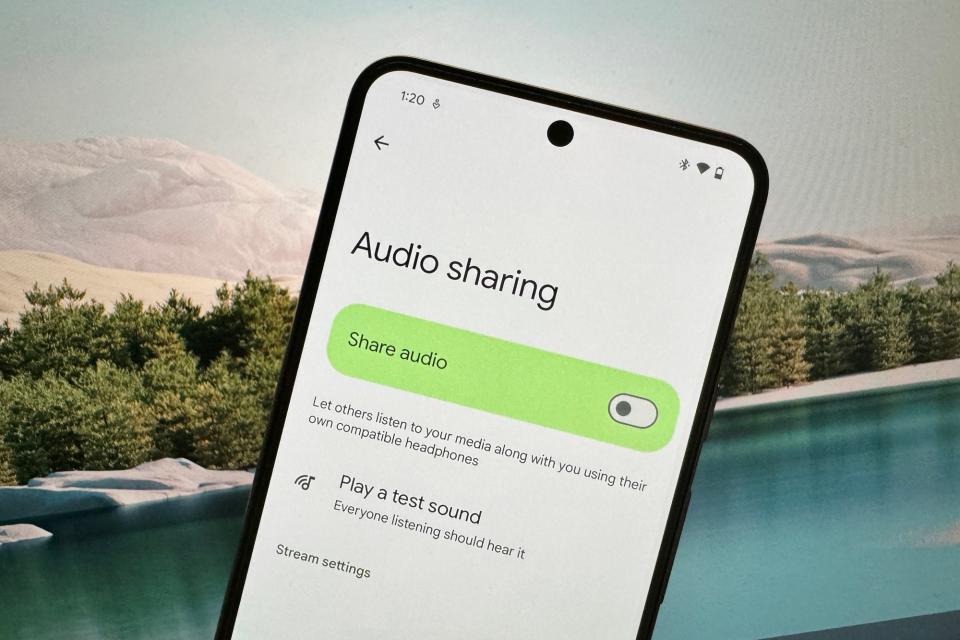
Another convenient addition is a new Audio Sharing feature that appears at the top on the “Connected devices” page in the Settings apps. Google says it lets “others listen to your media along with you using their own compatible headphones.”
Unfortunately, this feature doesn’t seem to be functional at the moment. The objective is clear — allow multiple users to stream the audio file from a source device, which sounds great for enjoying content with friends and family on a tablet or just jamming to a Spotify track together.
There is a beautiful accessibility side to it that will allow users to more effectively convey what they want to say to a loved one who relies on hearing aids. However, we don’t know just how many devices it will support for sharing an audio stream.
An HD webcam in your pocket
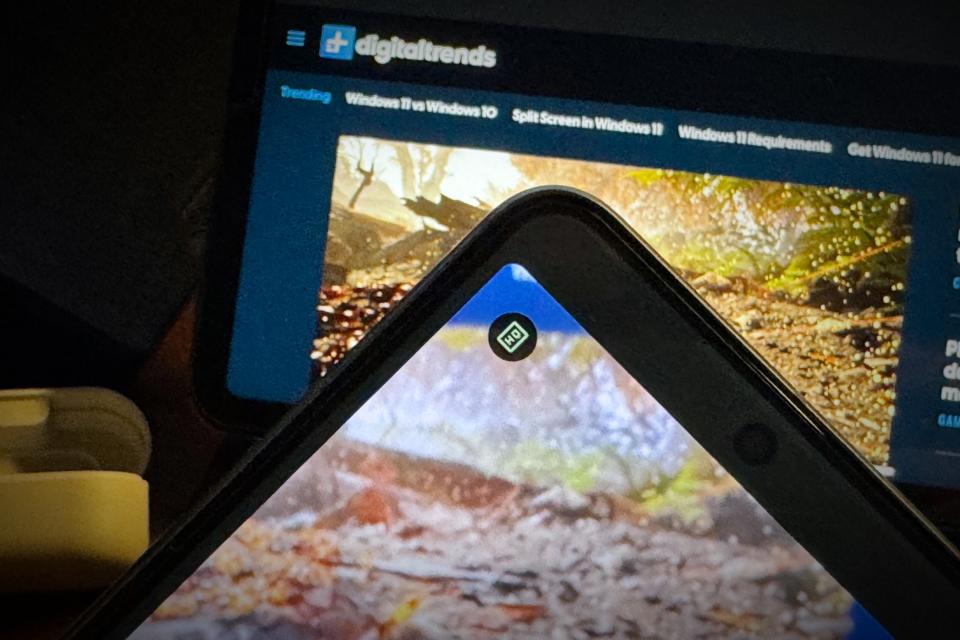
When Google released the first Android 14 QPR build, it enabled a new feature that lets users turn their Android phone into a webcam. I’ve used this feature frequently, especially in scenarios where the light is suboptimal and the phone’s sensors can offer a much better output than the onboard webcam of a laptop.
But Google still kept it locked to a lower resolution. In Android 15, when you connect the phone to a computer in webcam mode and see the preview on the phone’s screen, there’s now a new HD option. Tapping on it offers a notable improvement in clarity, sharpness, and noise reduction.
App archiving
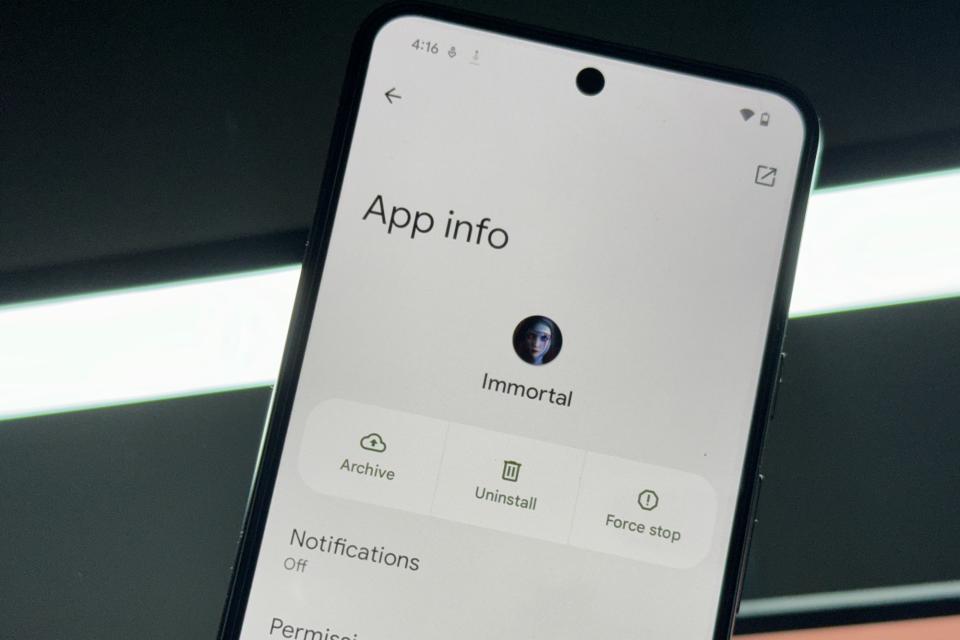
One of the biggest pain points of installing heavy games and emulator files is that they will just sit and eat into the storage space if you’re not proactive. Android 15 will soon offer respite, thanks to a new iPhone-inspired app archiving feature.
Just long-press on an app’s icon, tap on the info button, and you will see a new Archive option. This feature deletes a healthy bunch of the assets and only keeps a rudimentary version of the app stored on your phone without uninstalling it. The next time you want to access the app, just hit the “Restore” button and wait for the missing files to download from the Play Store in the background.
On the second developer preview version of Android 15, it doesn’t appear to be working properly. A few sideloaded apps support app archiving, while others simply don’t show the archiving option. But it seems to be fully functional for apps downloaded from the Google Play Store.
More reliable NFC
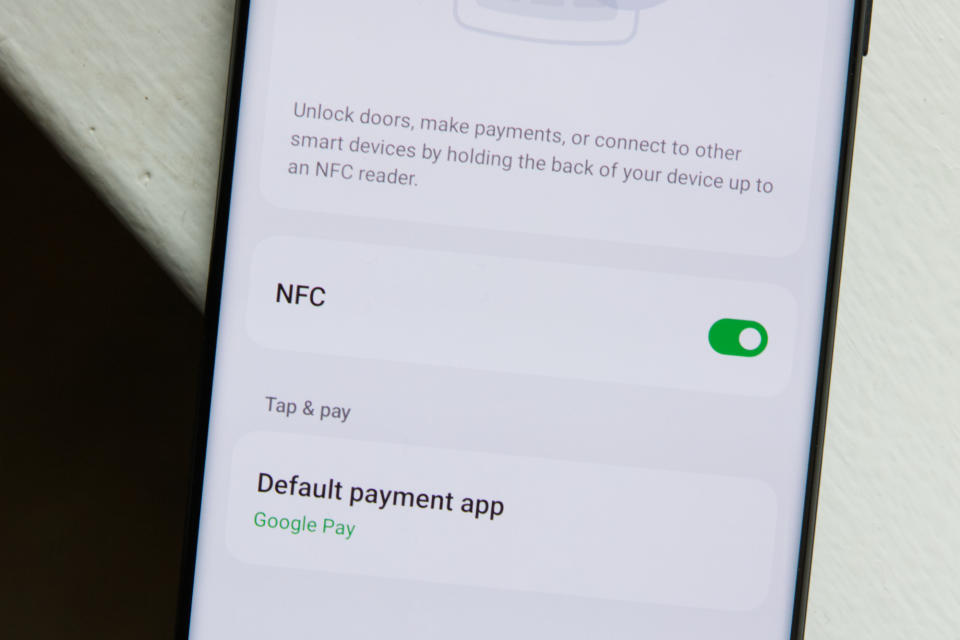
Google says that on compatible devices, apps can make the NFC feature just listen without responding to NFC scanners while still sending information for the app to process. This should make using NFC on your phone easier and smoother. NFC generally works well on Android phones, but sometimes, you might have to try more than once for it to connect.
I’ve often encountered those “Please tap it again” or “Looks like it needs a restart” moments at stores. With Android 15, these issues should be greatly reduced. This is great not just for making contactless payments but also for Android digital car keys and hotel doors.
Satellite connectivity
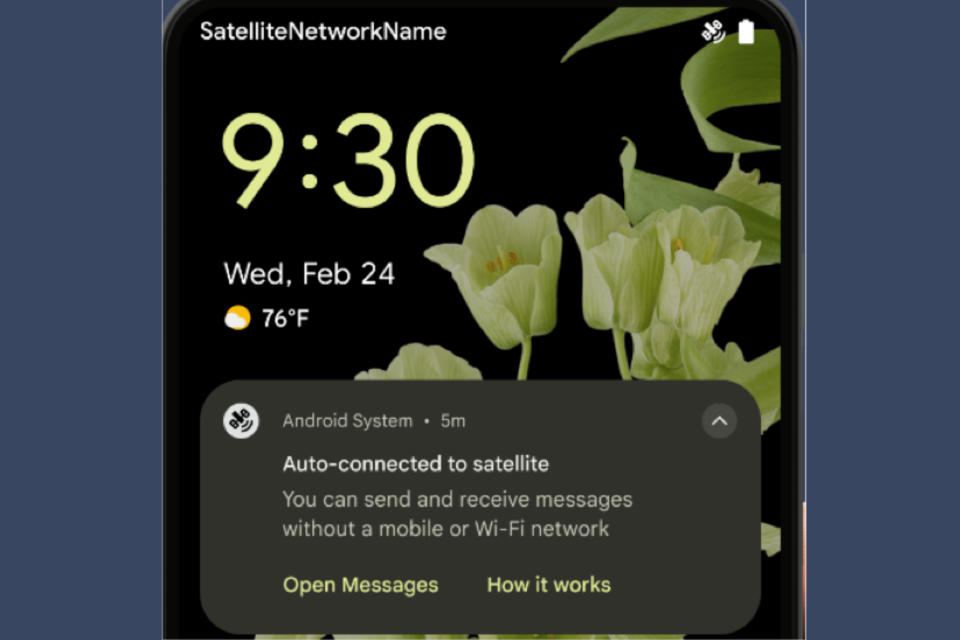
As satellite connectivity on Android continues to inch closer to a wide release, especially with initiatives like the T-Mobile & SpaceX partnership, Android 15 also continues to develop system resources and make UI changes. One of them allows the system to know when a device is using a satellite connection.
Android 15 opens the doors for texting and multimedia messaging apps, including those that come pre-installed for RCS (Rich Communication Services)-enabled conversations, allowing them to send and receive messages through satellite connections. Depending on the wavelength available, this should provide a much better experience than just rudimentary location sharing and SMS messages.
Better PDF experiences

Interacting with a PDF file on Android phones is not the smoothest experience, as it usually relies on third-party apps, and most of them don’t often offer advanced features to get the job done. That hassle is about to end with a few native PDF file integrations that bring features like in-file search and annotations to users.
“Apps can incorporate advanced features such as rendering password-protected files, annotations, form editing, searching, and selection with copy,” says Google. Google is pushing Linearized PDF optimizations that not only reduce the load on system resources while interacting with PDF files but also make the whole process more fluid.
Small screens get more love
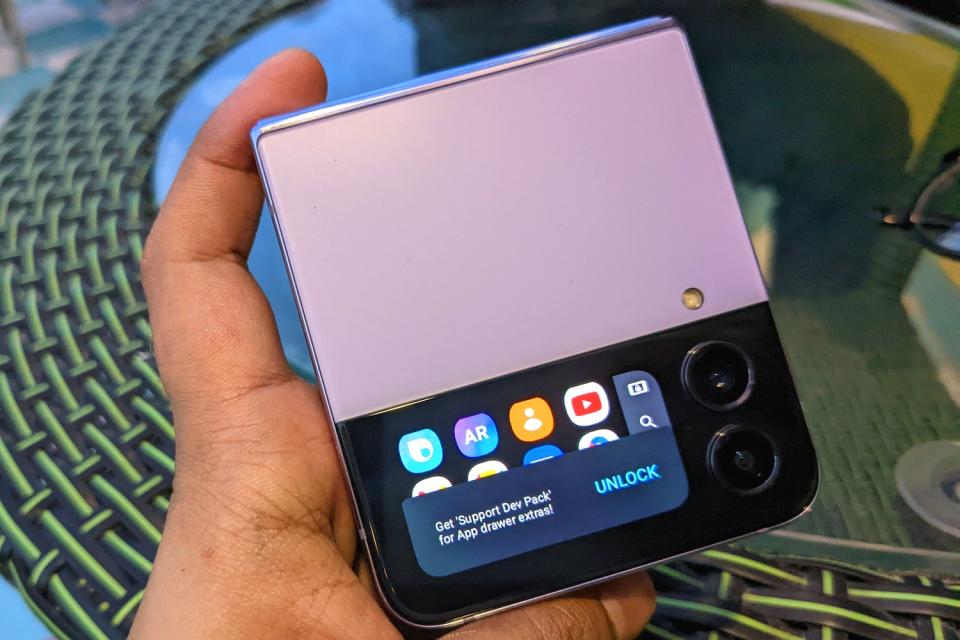
Google started making bold foldable-centric UI optimizations with Android 12L to take advantage of the larger tablet-like inner screens. However, the company hasn’t done much to improve the situation for clamshell-style foldable phones, which often come with a smaller cover display in various shapes and sizes.
This has kept the small screen experiences fairly limited, prompting foldable phone enthusiasts to use hacks like CoverScreen OS to run full-fledged apps. Yes, not all apps work as expected, and neither should they. But a bit of flexibility here could’ve gone a long way.
Android 15 addresses that shortcoming by allowing developers to enable cover screen usage for their apps. “These screens are too small to be considered as compatible targets for Android apps to run on, but your app can opt into supporting them,” says the company.
Performance improvements
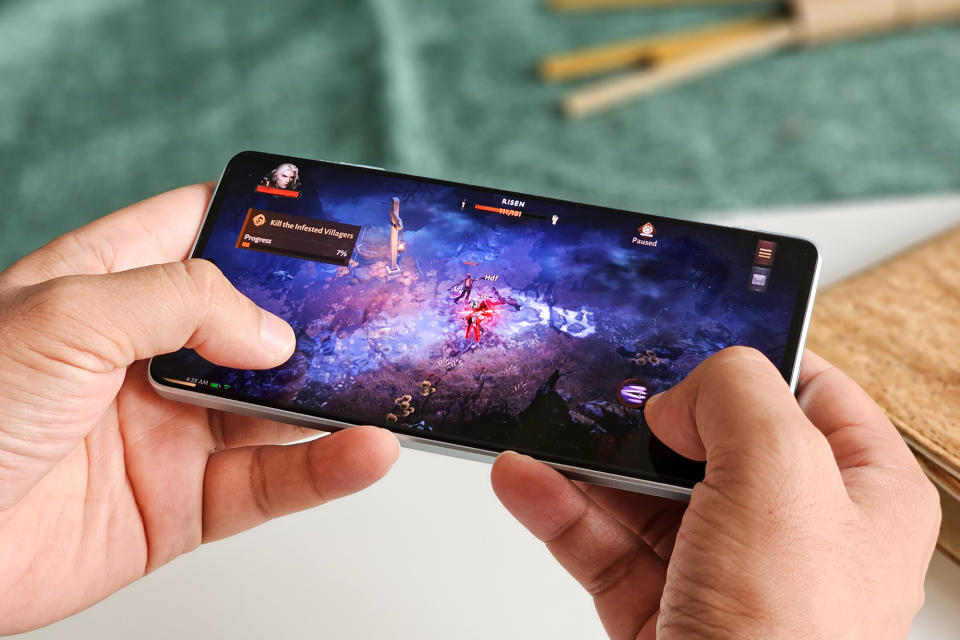
Google offers a set of APIs called Android Dynamic Performance Framework (ADPF) that allows developers to monitor the thermal status in their apps, offer a nudge so that the best performance settings are applied, and enable game-specific optimizations, as well.
ADPF is like a secret toolbox that lets video games and other apps that need a lot of power chat with Android devices’ energy and cooling systems. With these tools, you can keep an eye on how your Android acts under pressure and tune your game to play nice, keeping things cool and avoiding a meltdown.
In Android 15, Google is adding support for a new power-efficiency mode that will guide apps into using the power-efficient resource profile, while simultaneously offering the flexibility to dip into the CPU and GPU resources for demanding workloads like games.
Screen recording detection

Android 15 is also adding a new awareness feature that will tell apps if the screen activity is being recorded. If users are doing something private, like working with personal information or banking-related chores, and screen recording is enabled, users will be informed that their activity is being recorded.
Users can be notified about it via an in-app alert or separate notification, telling them that their interactions are being watched or saved. This helps make things clear and builds trust about their privacy. It could come in handy not just for solving technical issues but also as a safety measure against malware that engages in activity logging.
Do Not Disturb upgrades
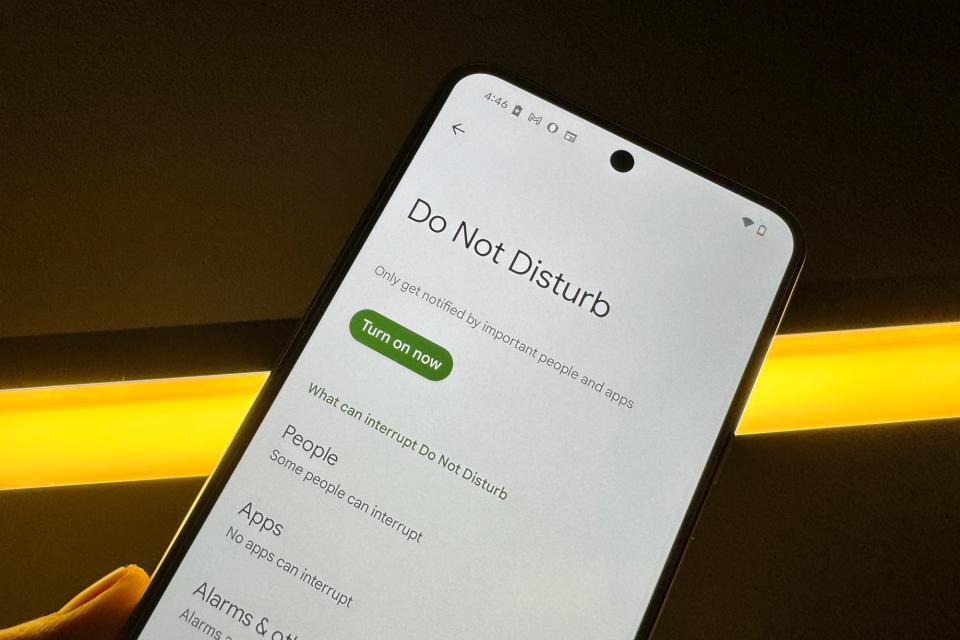
When you enable Do Not Disturb mode on your phone, the intent is clear: You don’t want apps and notifications to distract you. But sometimes, we need a more heavy-handed approach that makes us actively avoid reaching for our phones or when we simply need to give some rest to our eyes before falling asleep.
Android 15 will offer just that kind of flexibility. Google is adding a new ZenDeviceEffects customization rule that will allow Do Not Disturb to simultaneously enable effects like night mode, wallpaper dimming, and grayscale mode for the screen. There will be more flexibility in the application of DND mode, and automatic situation awareness will also be part of the improvements package.
